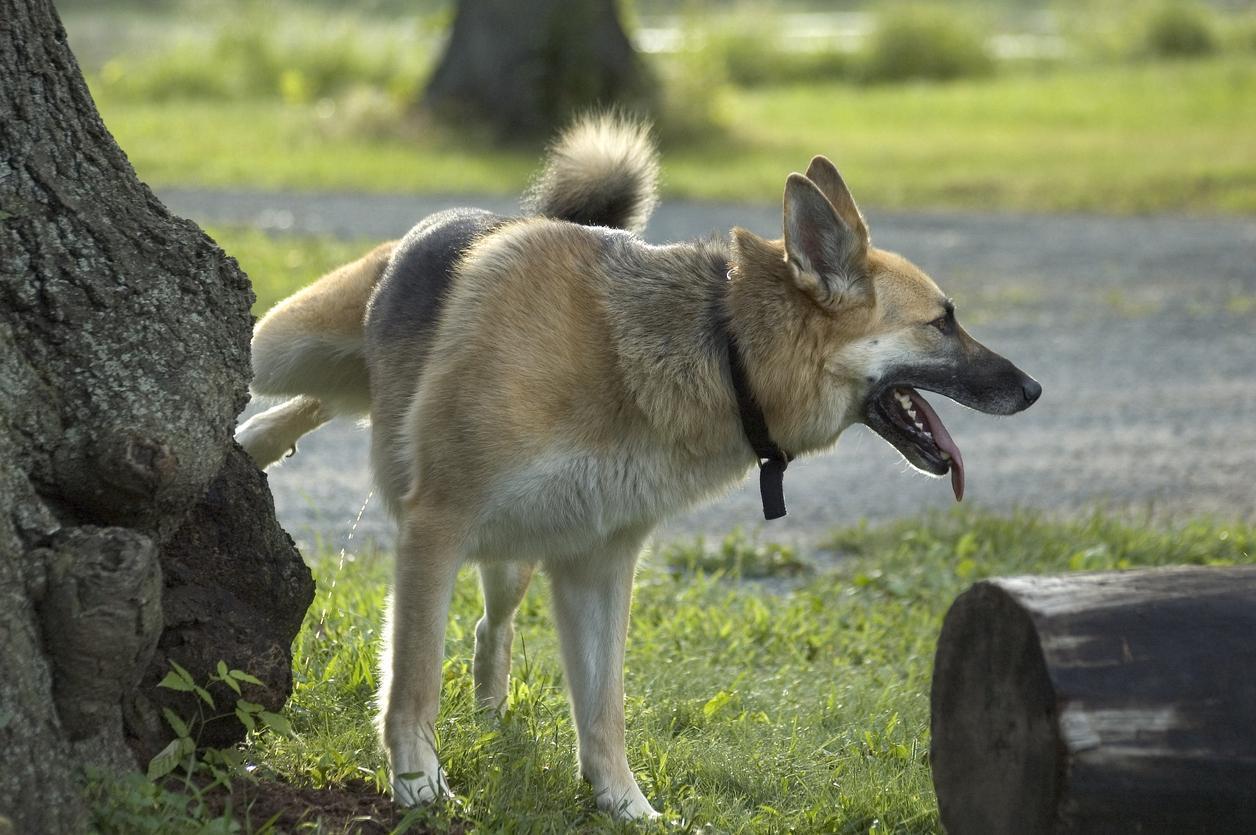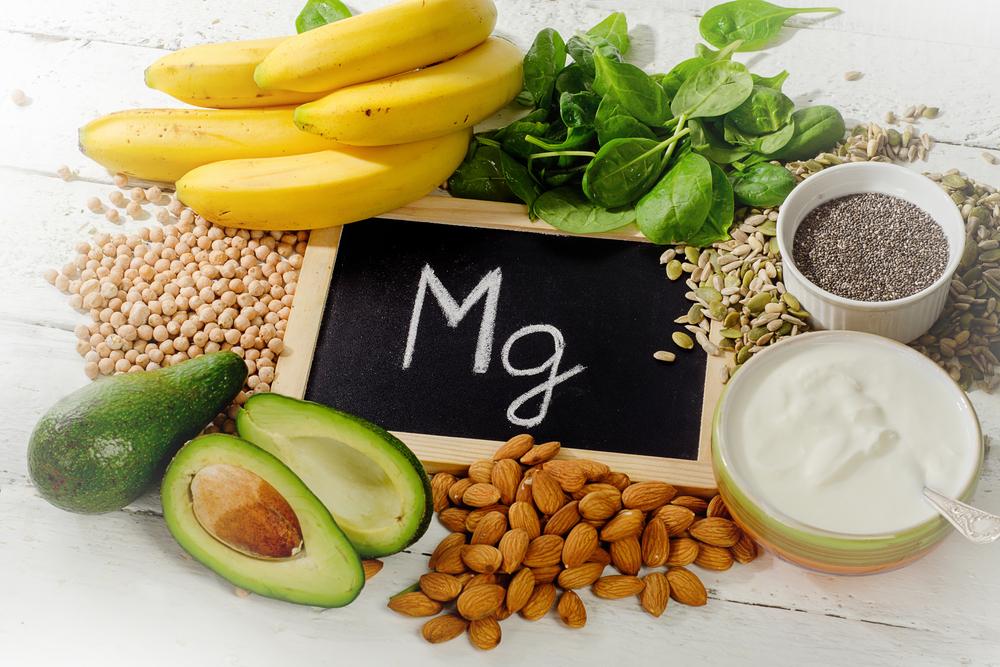Bladder stones are exactly that, stones that form in your pet’s bladder. The more technical term is urolithiasis, which denotes the presence of uroliths in the urinary tract. These stones can develop over weeks or months, and a common question we are asked here at My Pet Nutritionist is whether dietary changes can make a difference.
We thought we’d focus on what bladder stones are, the different types and whether in fact dietary management is something to consider.
What Are Bladder Stones?
Cats and dogs can be prone to developing urinary stones and infection. These occur when the concentration of certain minerals in your pet’s urine becomes too high (alkaline). In healthy pets, the urine pH is generally in the 6.5 to 7.0 range. If the pH is acidic (pH below 6) or alkaline (pH above 7) it may allow bacteria to thrive and for crystals or stones to form.
Stones in the bladder can cause inflammation, predispose to urinary tract infections, and even cause an obstruction of the urinary tract.
There are several different types of stones, and they are composed of different minerals and compounds:
- Struvite
- Calcium oxalate
- Urate
- Cystine
The most common causes include:
- Bacteria in the urinary tract
- Urinary pH
- Minerals present in the urine
- Genetics
- Bladder inflammation
Struvite Stones
These stones form due to excess magnesium, ammonium and phosphorus.
Normal canine urine is slightly acidic and contains waste products from metabolism. Struvite is a normal compound found in canine urine and will remain dissolved as long as the urine is acid and not too concentrated. When the urine become too concentrated or alkaline, struvite crystals form.
These stones tend to form as a result of a urinary tract infection and involves an enzyme known as urease.
Urease is produced by the pathogenic bacteria and breaks down urea, which is normally found in urine. In the process, excess ammonia is produced which causes the urine to become alkaline. Excess ammonia in the urine also results in bladder inflammation, contributing to the issue.
These stones are generally more common in female dogs.
Kidney disease, long term use of diuretic medication and PPI’s can also result in alkaline urine, predisposing the dog to struvite stones.
Calcium Oxalate Stones
The current line of thinking is that urine high in calcium, citrates, or oxalates and is acidic predisposes a dog to developing calcium oxalate urinary crystals and stones.
Recent studies have shown diets that cause high urine acidity (urine pH less than 6.5) may predispose dogs to develop this type of bladder stone.
But, like most things, there are likely other causes of calcium oxalate bladder stones too. For example, over-usage of antibiotics may reduce numbers of the intestinal bacteria
Oxalobacter formigenes whose sole nutrient is oxalate. In dogs with low populations of
Oxalobacter, excess oxalate is secreted in the urine, increasing the likelihood that calcium oxalate crystals and stones can form if the urine is highly concentrated or becomes acidic.
Calcium oxalate uroliths are noted more commonly in male dogs and the breeds most diagnosed with both struvite and calcium oxalate bladder stones included Shih Tzus, Miniature Schnauzer, Bichon Frise, Lhasa Apso, and Yorkshire Terrier.
Urate Stones
Urate stones are generally caused by a genetic condition in some dog breeds like Dalmatians, Jack Russel Terriers and Bulldogs. But they are also seen with liver disease, especially in dogs or cats with liver shunts.
Urate stones are made from compounds called purines.
Purines are one of the most common chemical compounds on the planet. There are both endogenous and exogenous. Exogenous purines are absorbed by the body through the foods eaten, and endogenous purines are made by the body itself.
Purines and pyrimidines are the two families of nitrogenous base that make up nucleic acids – in short, they are the building blocks of DNA and RNA.
Purines have a number of functions in the body:
- Signalling molecule
- Provide energy
- Control cell growth
- Part of essential coenzymes
- Contribute to nervous system function (including neuronal development)
As you can see, purines perform many important functions in the cell, and so the balance between its synthesis and degradation is essential.
When purines are catabolised, the result is uric acid. In all other mammals, apart from humans and Dalmatians, uric acid is then converted to allantoin, which is a very soluble excretion product. For us humans and those unlucky dogs, we excrete uric acid through the kidneys (with some excreted through the gastrointestinal tract).
Uric acid is suggested to behave as a potent antioxidant. It is also thought to maintain blood pressure under low salt conditions and has been seen to function as an anti-inflammatory in certain diseases, but when levels become too high, in a condition known as hyperuricemia, problems can ensue. In humans, this can result in diseases such as kidney stones and gout and may cause hypertension. In those unlucky dogs, high uric acid levels result in bladder stones.
For this reason, a low purine diet is often suggested for those pets suffering urate stones.
Foods High in Purines
- Organs/offal (brain, heart, liver, kidneys)
- Wild or Farmed Game
- Herring
- Mackerel
- Trout
- Sardines
- Sprats
- Legumes (such as kidney beans, lentils, chickpeas)
Foods Lower in Purines
- Green leafy vegetables (except spinach)
- Eggs
- Nuts
- Muscle meats from chicken, turkey, lamb, pork, beef,
- Fruits
If urate stones are associated with liver disease, you may want to learn more about liver disease in our other blogs.
Liver Disease
Liver Shunts
Foods to Feed in Liver Disease
Cystine Stones
This is rarer in the dog, but it can occur. This is when bladder stones are composed of cystine crystals, and it is largely genetic.
They are more commonly found in the following breeds:
- Mastiff
- Saluki
- Puli
- Basset Hound
- Dachshunds
Findings Here
Cystine is an amino acid that is freely filtered in urine and almost completely reabsorbed by the kidney tubules. Sadly, an inborn error of metabolism causes high concentrations of urinary cystine in those affected dogs.
These stones also form in acidic environments and in concentrated urine.
As you can see, it’s never quite as simple as “my dog has bladder stones!” There are a number of different types and a number of causes.
It’s essential to start with the basics and promote optimal urinary health in our dogs:
The Ultimate Natural UT guide for Pets
In addition to this, ensure you dog is drinking plenty of water to avoid concentrated urine (it’s easy to see how this occurs in a low moisture diet i.e. dry).
For the rest, it really is important to get to the bottom of the type of bladder stone and what may be driving its formation. Dietary modification has some great successes so if you would like some support and guidance, please check out our services.
Thanks for reading,
MPN Team




















